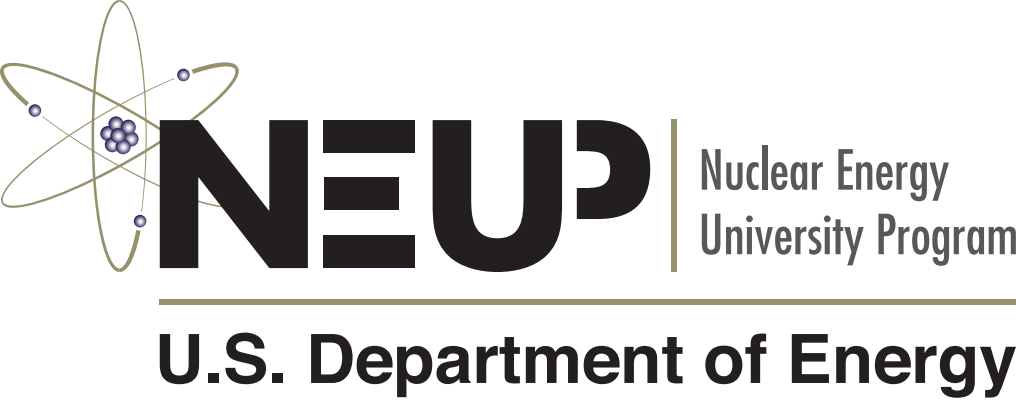FY 2019 Infrastructure Grants
Seven university-led projects will receive more than $1.6 million for research reactor and infrastructure improvements providing important safety, performance and student education-related upgrades to a portion of the nation's 25 university research reactors as well as enhancing university research and training infrastructure.
A full list of infrastructure recipients is listed below. Actual project funding will be established during contract negotiation phase.

